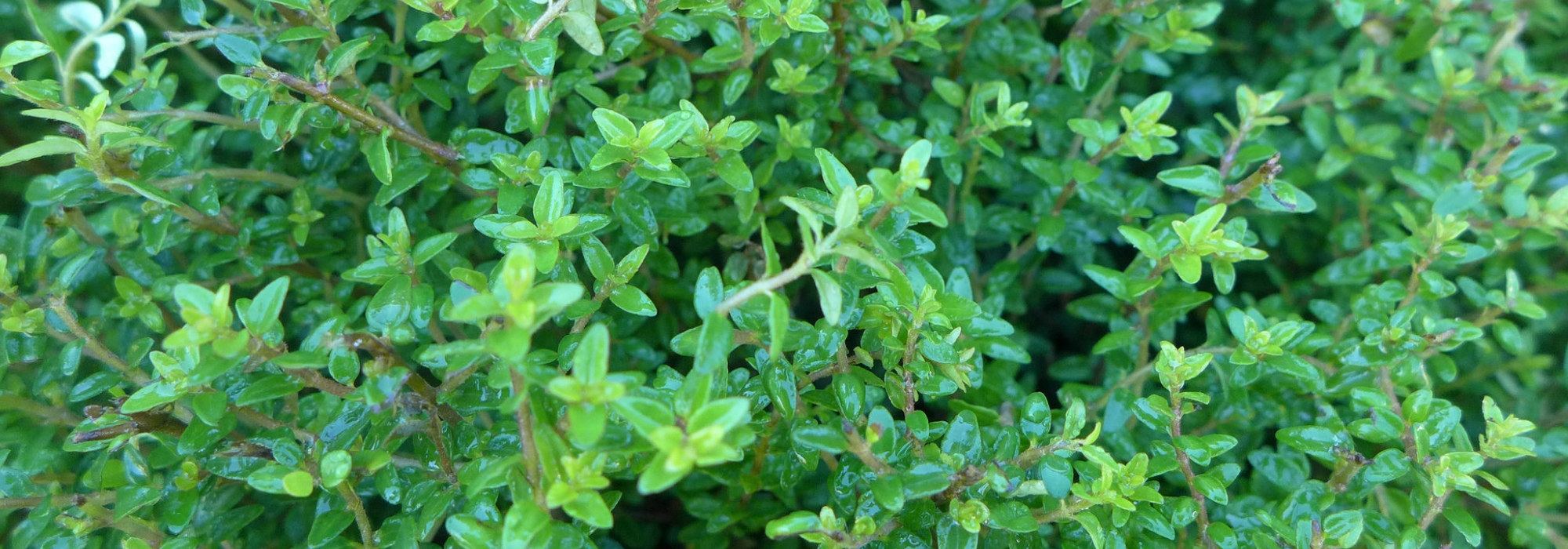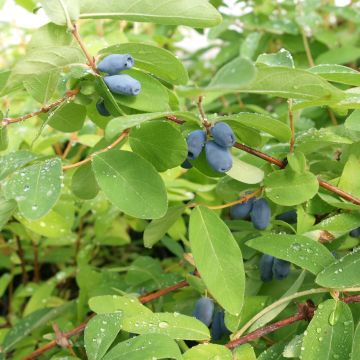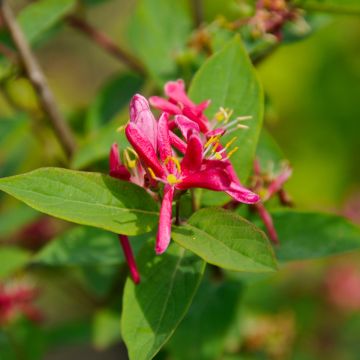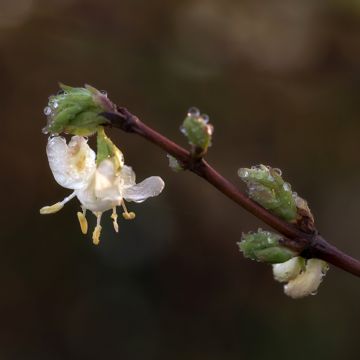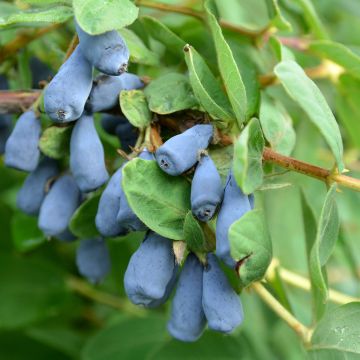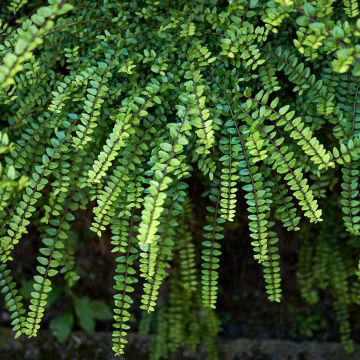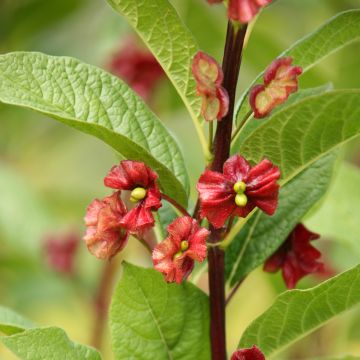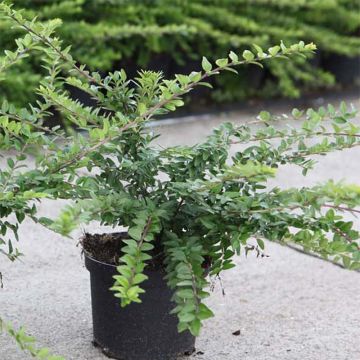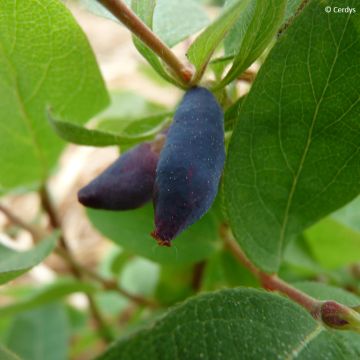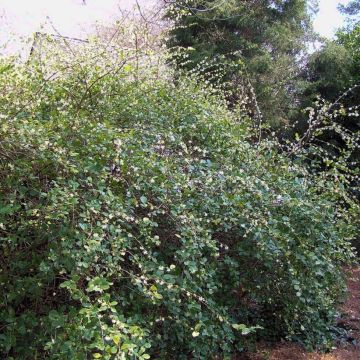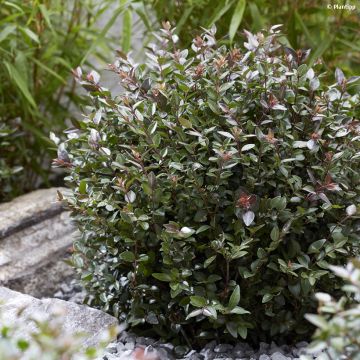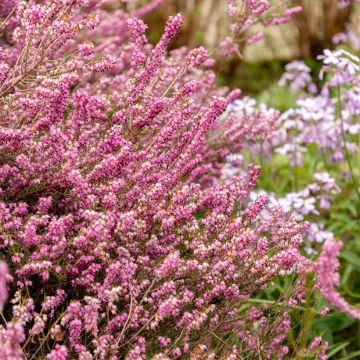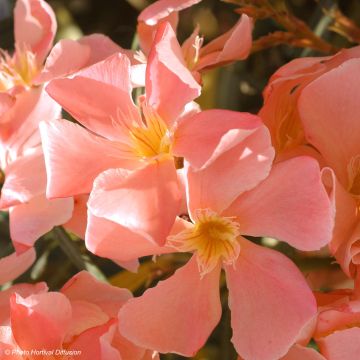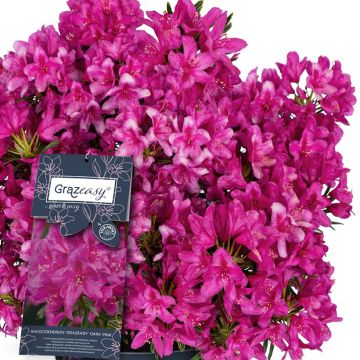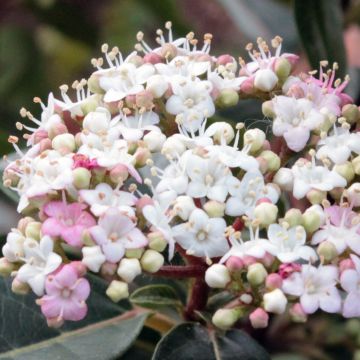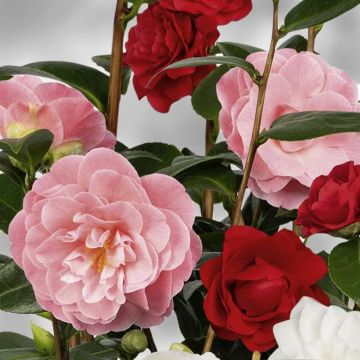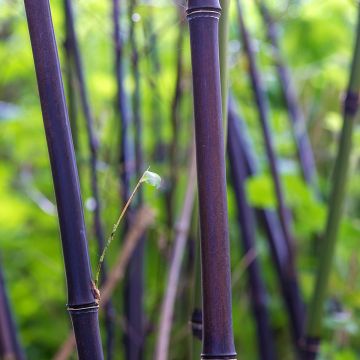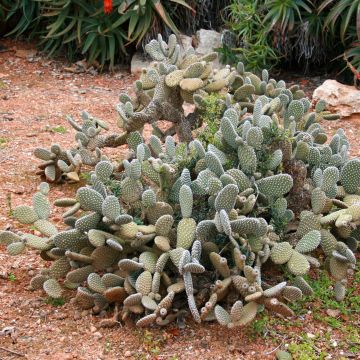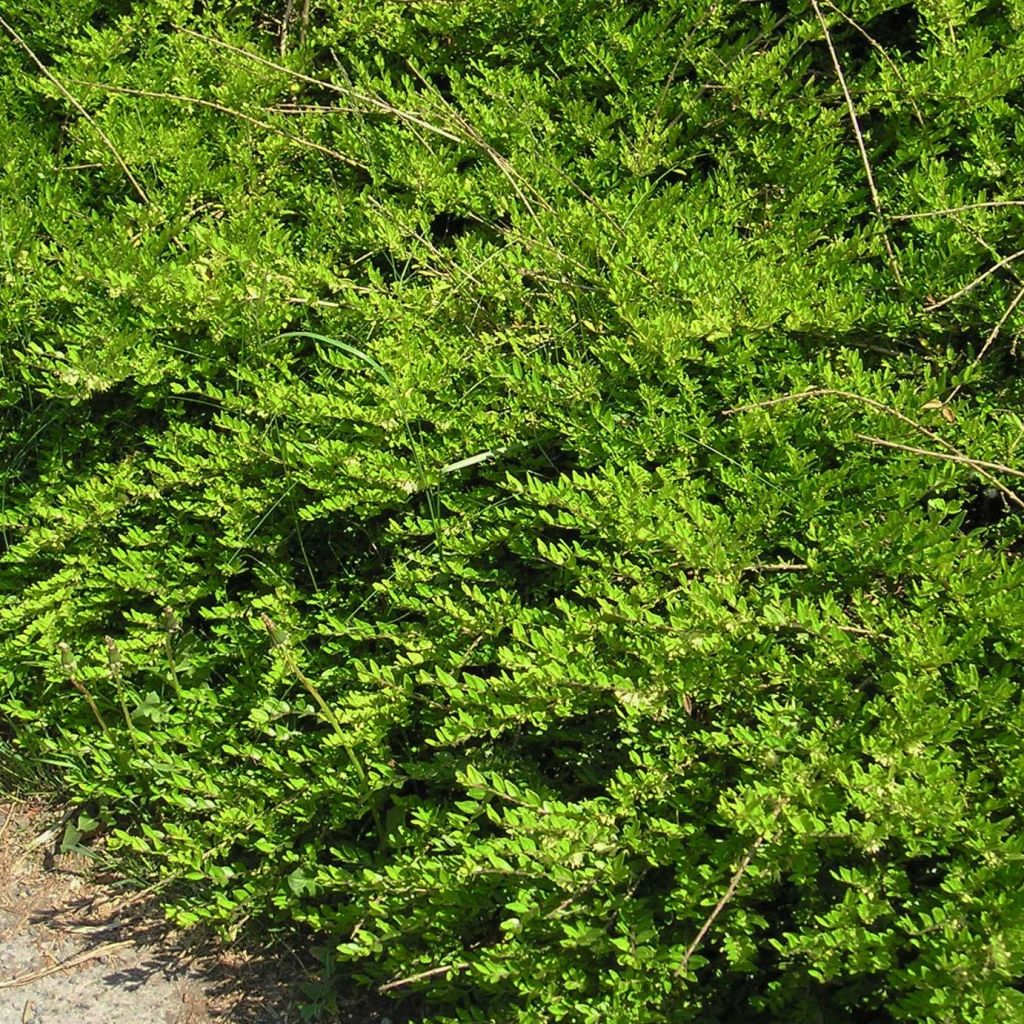

Lonicera pileata - Box Honeysuckle
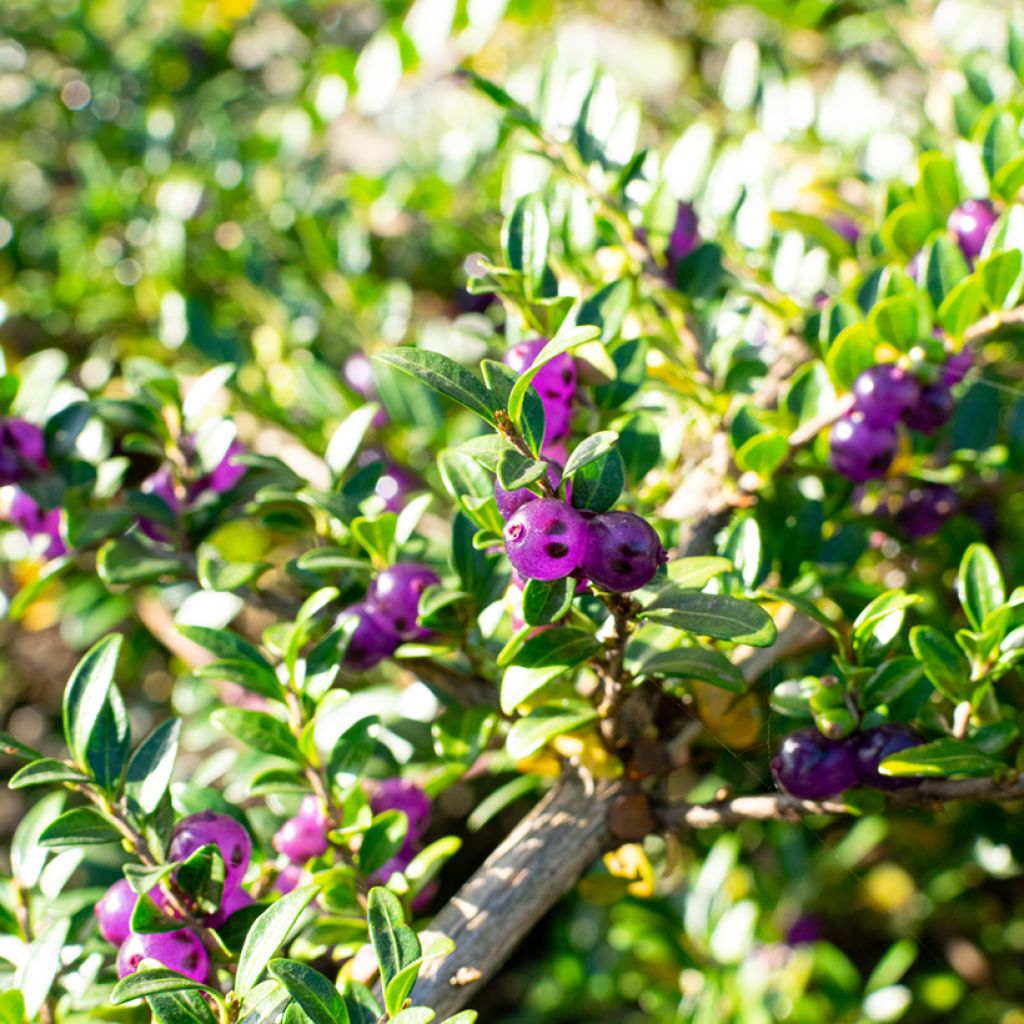

Lonicera pileata - Box Honeysuckle
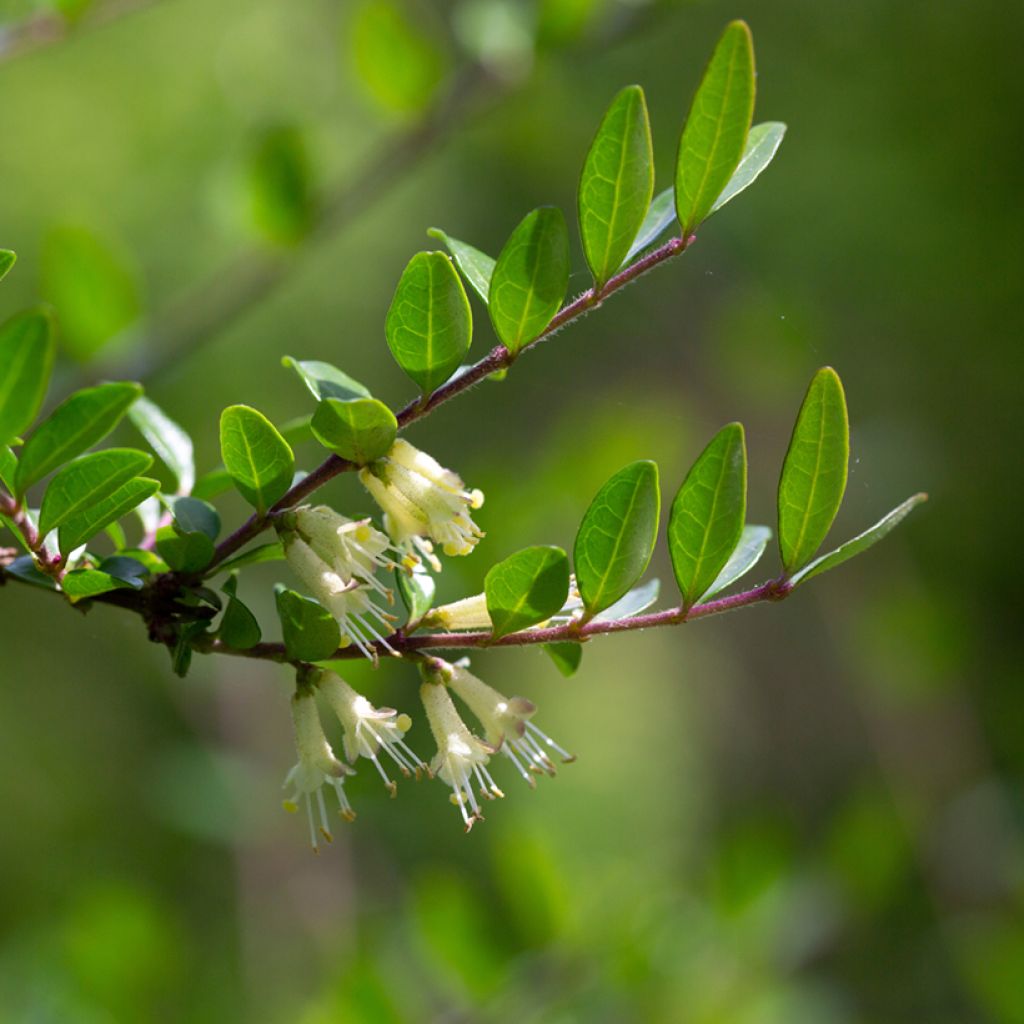

Lonicera pileata - Box Honeysuckle
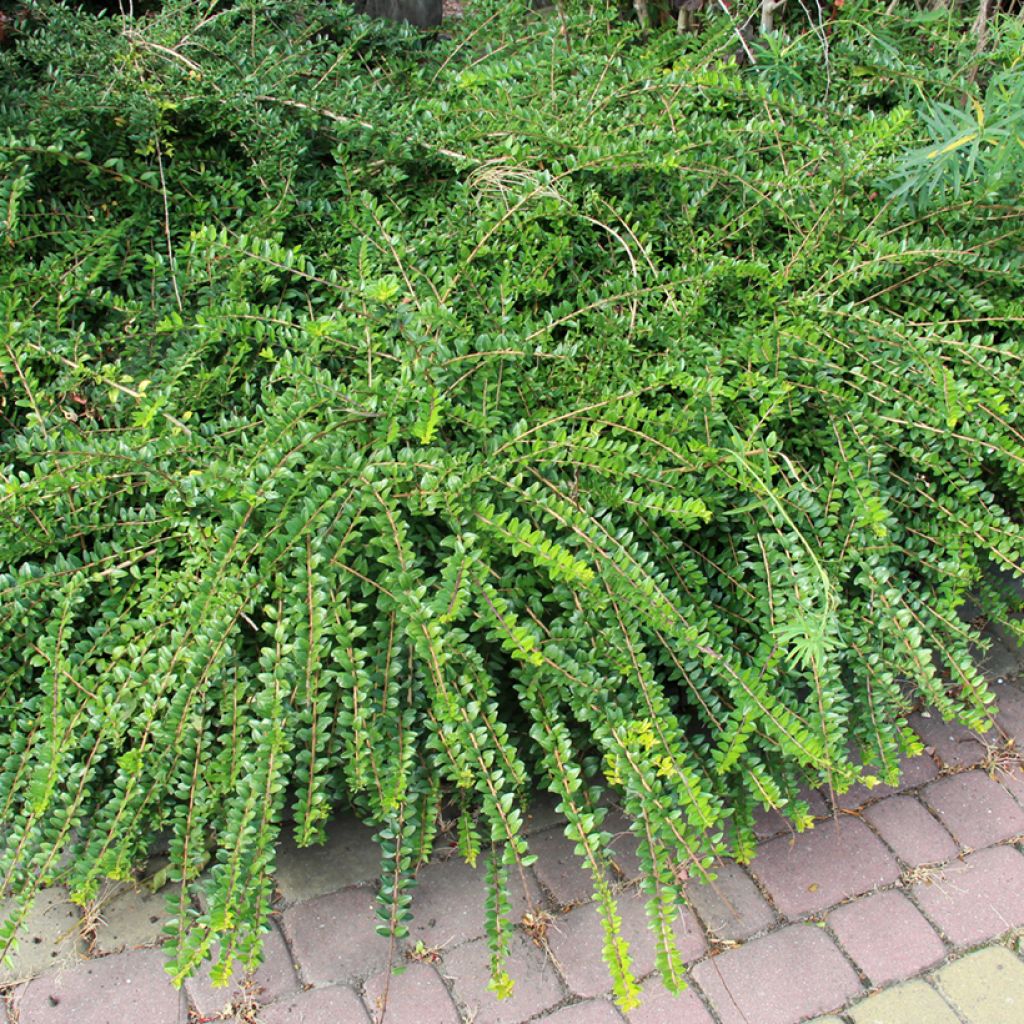

Lonicera pileata - Box Honeysuckle
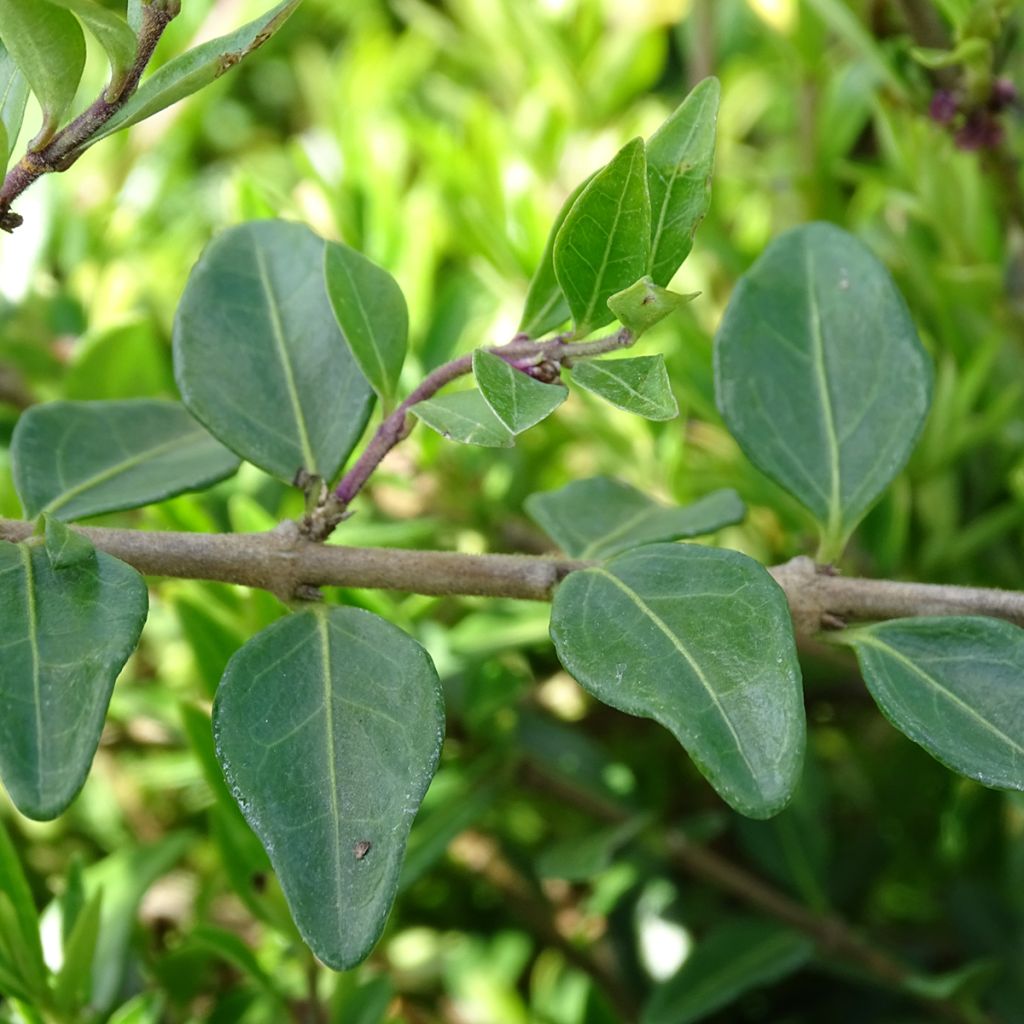

Lonicera pileata - Box Honeysuckle
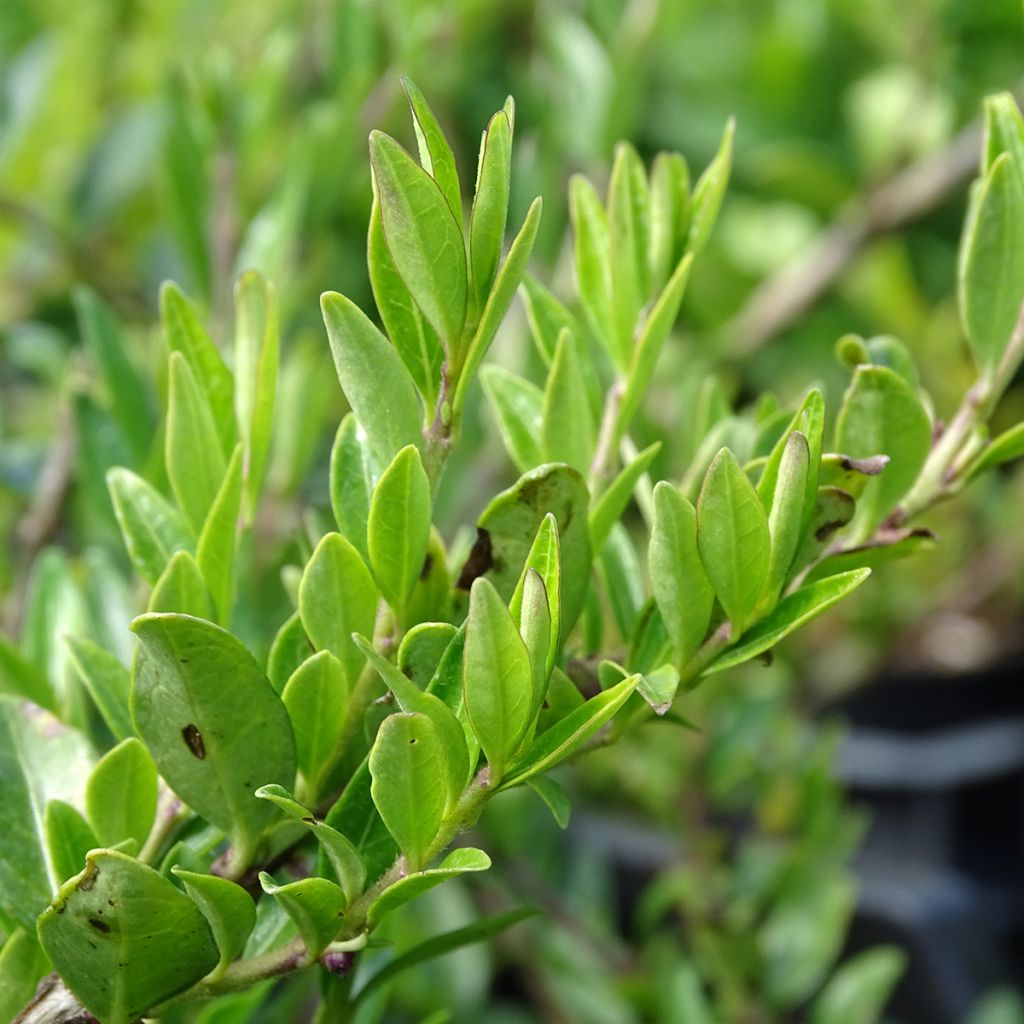

Lonicera pileata - Box Honeysuckle
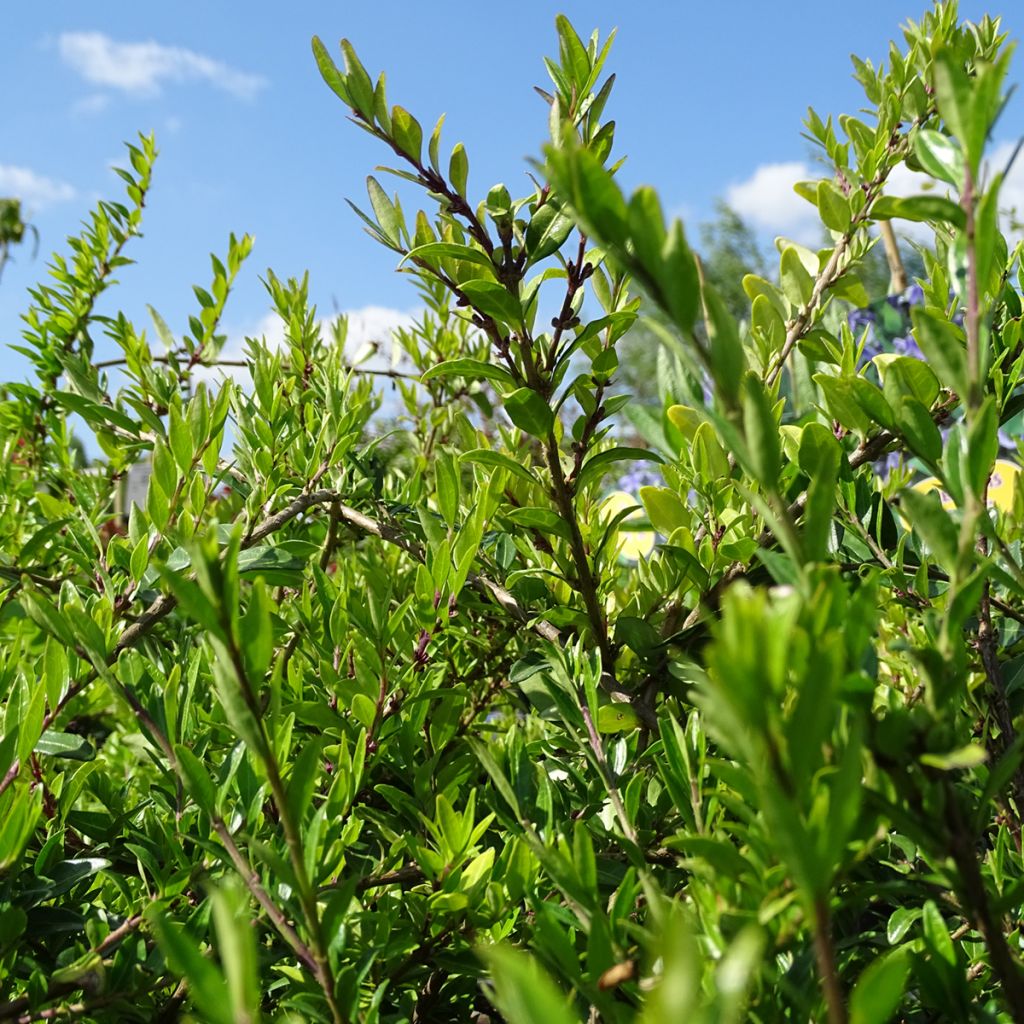

Lonicera pileata - Box Honeysuckle
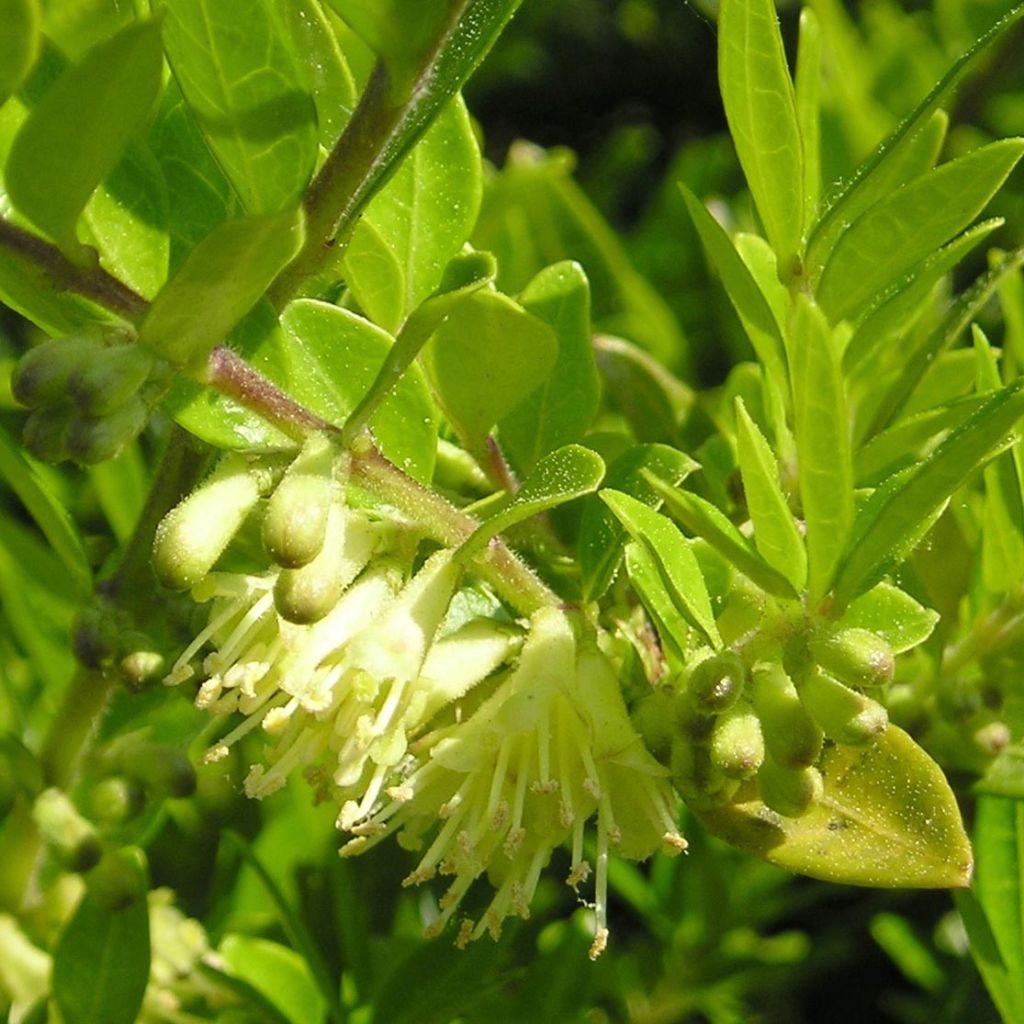

Lonicera pileata - Box Honeysuckle
Lonicera pileata - Box Honeysuckle
Lonicera pileata
Box-leaved Honeysuckle
A bit frail, but I've had it for 1 week, we'll see how it develops over time.
Véronique, 11/04/2023
Special offer!
Receive a €20 voucher for any order over €90 (excluding delivery costs, credit notes, and plastic-free options)!
1- Add your favorite plants to your cart.
2- Once you have reached €90, confirm your order (you can even choose the delivery date!).
3- As soon as your order is shipped, you will receive an email containing your voucher code, valid for 3 months (90 days).
Your voucher is unique and can only be used once, for any order with a minimum value of €20, excluding delivery costs.
Can be combined with other current offers, non-divisible and non-refundable.
Home or relay delivery (depending on size and destination)
Schedule delivery date,
and select date in basket
This plant carries a 24 months recovery warranty
More information
We guarantee the quality of our plants for a full growing cycle, and will replace at our expense any plant that fails to recover under normal climatic and planting conditions.
Does this plant fit my garden?
Set up your Plantfit profile →
Description
Lonicera pileata, also known as Box-leaved Honeysuckle, is a vigorous shrub with a low thicket-like appearance, very hardy, and more or less evergreen in winter. Its discreet spring flowering gives way to violet pearl-shaped attractive berries. Perfectly hardy and undemanding, it is a sturdy and aesthetically pleasing plant for use as ground cover under trees, in rockeries, on slopes, along pathways, or in neglected and hard-to-reach areas. As it responds very well to pruning, its growth is easy to control.
Native to the rather humid areas of western and central China, Lonicera pileata is a very hardy shrub that prefers rather moist soil. Like all honeysuckles, it belongs to the Caprifoliaceae family. Its growth is quite rapid, with the plant reaching a height of between 60 cm (23.6 in) and 1 m (3 ft 4 in), with a spread of about 1.50 m (4 ft 11 in), or even more depending on the growing conditions.
The Box-leaved Honeysuckle has a spreading, slightly creeping, bushy, and very dense habit. Its brown branches have leaves even in winter, unless it is very cold. Arranged in an opposite manner on the stems, they are small and tough, oval, dark olive green, glossy, and measure 1.3 cm (0.5 in) in length. The tiny creamy white tubular flowers, are insignificant but slightly fragrant, and appear in spring, in pairs, nestled in the axils of the leaves. They are visited by bees. After pollination, small violet fruits form, truly decorative, ripening in late summer or autumn. They are toxic to humans but appreciated by birds. This fruit will of course be compromised by severe pruning.
The Box Honeysuckle tolerates many growing conditions, except arid situations, and is very versatile. Primarily a foliage plant, it will be very useful to create large areas of groundcover, for the stabilization of slightly unattractive slopes, bordering a path, or in large rock gardens. It will thrive even in the shade of a woodland, as long as the soil does not dry out too much in summer. You can plant it on a slope or in a large rock garden with other groundcover plants such as low-growing roses (Rosa grouse The Fairy, or Little White Pet), St. John's wort, golden Lonicera nitida, creeping Euonymus fortunei , or creeping Cotoneasters.
Lonicera pileata - Box Honeysuckle in pictures
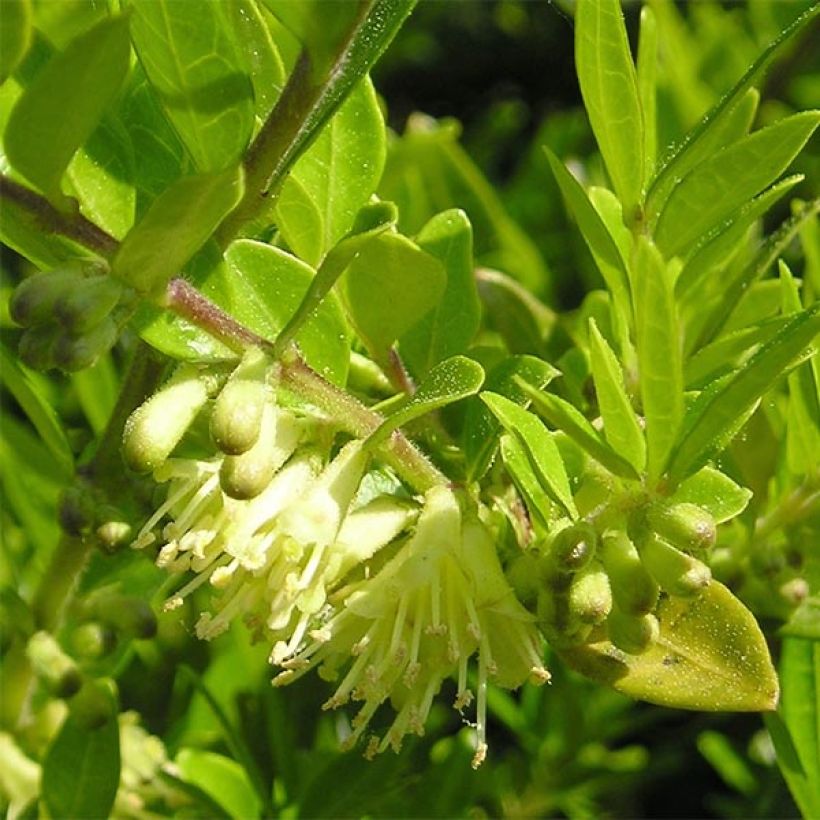

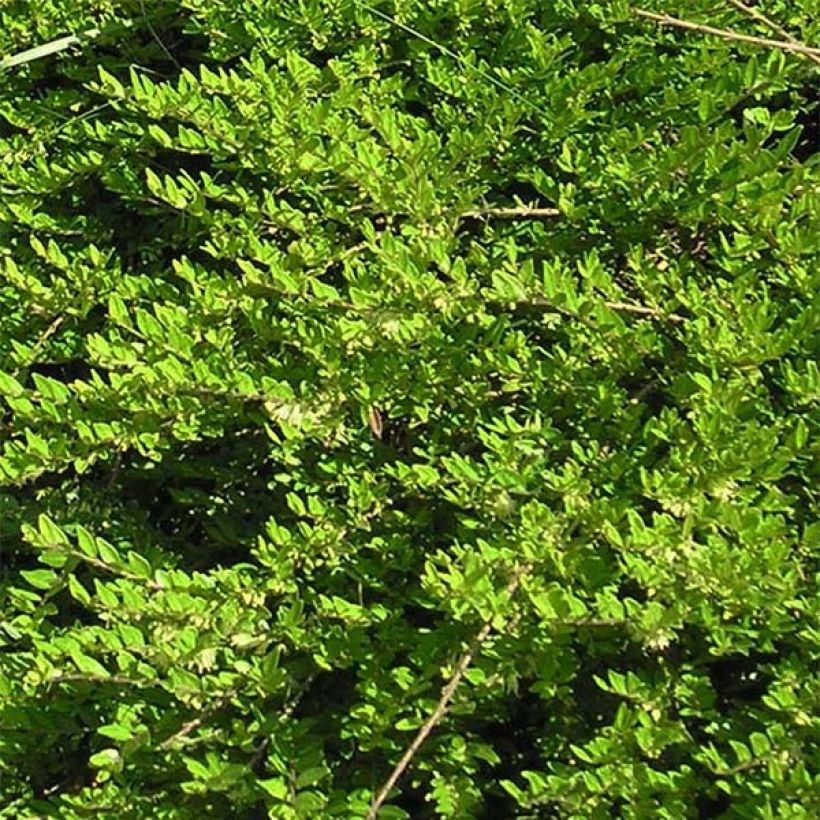



Plant habit
Flowering
Foliage
Botanical data
Lonicera
pileata
Caprifoliaceae
Box-leaved Honeysuckle
China
Other Honeysuckle
View all →Planting and care
Plant Lonicera pileata in any soil that is not too dry, even limestone, in partial shade or light sun. Allow 80-90 cm (31.5-35.4 in) between plants for when planting in a hedge or rockery. This honeysuckle tolerates air pollution well and also withstands moderate drought once established.
Planting period
Intended location
Care
Planting & care advice
-
, onOrder confirmed
Reply from on Promesse de fleurs
Similar products
Haven't found what you were looking for?
Hardiness is the lowest winter temperature a plant can endure without suffering serious damage or even dying. However, hardiness is affected by location (a sheltered area, such as a patio), protection (winter cover) and soil type (hardiness is improved by well-drained soil).

Photo Sharing Terms & Conditions
In order to encourage gardeners to interact and share their experiences, Promesse de fleurs offers various media enabling content to be uploaded onto its Site - in particular via the ‘Photo sharing’ module.
The User agrees to refrain from:
- Posting any content that is illegal, prejudicial, insulting, racist, inciteful to hatred, revisionist, contrary to public decency, that infringes on privacy or on the privacy rights of third parties, in particular the publicity rights of persons and goods, intellectual property rights, or the right to privacy.
- Submitting content on behalf of a third party;
- Impersonate the identity of a third party and/or publish any personal information about a third party;
In general, the User undertakes to refrain from any unethical behaviour.
All Content (in particular text, comments, files, images, photos, videos, creative works, etc.), which may be subject to property or intellectual property rights, image or other private rights, shall remain the property of the User, subject to the limited rights granted by the terms of the licence granted by Promesse de fleurs as stated below. Users are at liberty to publish or not to publish such Content on the Site, notably via the ‘Photo Sharing’ facility, and accept that this Content shall be made public and freely accessible, notably on the Internet.
Users further acknowledge, undertake to have ,and guarantee that they hold all necessary rights and permissions to publish such material on the Site, in particular with regard to the legislation in force pertaining to any privacy, property, intellectual property, image, or contractual rights, or rights of any other nature. By publishing such Content on the Site, Users acknowledge accepting full liability as publishers of the Content within the meaning of the law, and grant Promesse de fleurs, free of charge, an inclusive, worldwide licence for the said Content for the entire duration of its publication, including all reproduction, representation, up/downloading, displaying, performing, transmission, and storage rights.
Users also grant permission for their name to be linked to the Content and accept that this link may not always be made available.
By engaging in posting material, Users consent to their Content becoming automatically accessible on the Internet, in particular on other sites and/or blogs and/or web pages of the Promesse de fleurs site, including in particular social pages and the Promesse de fleurs catalogue.
Users may secure the removal of entrusted content free of charge by issuing a simple request via our contact form.
The flowering period indicated on our website applies to countries and regions located in USDA zone 8 (France, the United Kingdom, Ireland, the Netherlands, etc.)
It will vary according to where you live:
- In zones 9 to 10 (Italy, Spain, Greece, etc.), flowering will occur about 2 to 4 weeks earlier.
- In zones 6 to 7 (Germany, Poland, Slovenia, and lower mountainous regions), flowering will be delayed by 2 to 3 weeks.
- In zone 5 (Central Europe, Scandinavia), blooming will be delayed by 3 to 5 weeks.
In temperate climates, pruning of spring-flowering shrubs (forsythia, spireas, etc.) should be done just after flowering.
Pruning of summer-flowering shrubs (Indian Lilac, Perovskia, etc.) can be done in winter or spring.
In cold regions as well as with frost-sensitive plants, avoid pruning too early when severe frosts may still occur.
The planting period indicated on our website applies to countries and regions located in USDA zone 8 (France, United Kingdom, Ireland, Netherlands).
It will vary according to where you live:
- In Mediterranean zones (Marseille, Madrid, Milan, etc.), autumn and winter are the best planting periods.
- In continental zones (Strasbourg, Munich, Vienna, etc.), delay planting by 2 to 3 weeks in spring and bring it forward by 2 to 4 weeks in autumn.
- In mountainous regions (the Alps, Pyrenees, Carpathians, etc.), it is best to plant in late spring (May-June) or late summer (August-September).
The harvesting period indicated on our website applies to countries and regions in USDA zone 8 (France, England, Ireland, the Netherlands).
In colder areas (Scandinavia, Poland, Austria...) fruit and vegetable harvests are likely to be delayed by 3-4 weeks.
In warmer areas (Italy, Spain, Greece, etc.), harvesting will probably take place earlier, depending on weather conditions.
The sowing periods indicated on our website apply to countries and regions within USDA Zone 8 (France, UK, Ireland, Netherlands).
In colder areas (Scandinavia, Poland, Austria...), delay any outdoor sowing by 3-4 weeks, or sow under glass.
In warmer climes (Italy, Spain, Greece, etc.), bring outdoor sowing forward by a few weeks.






























